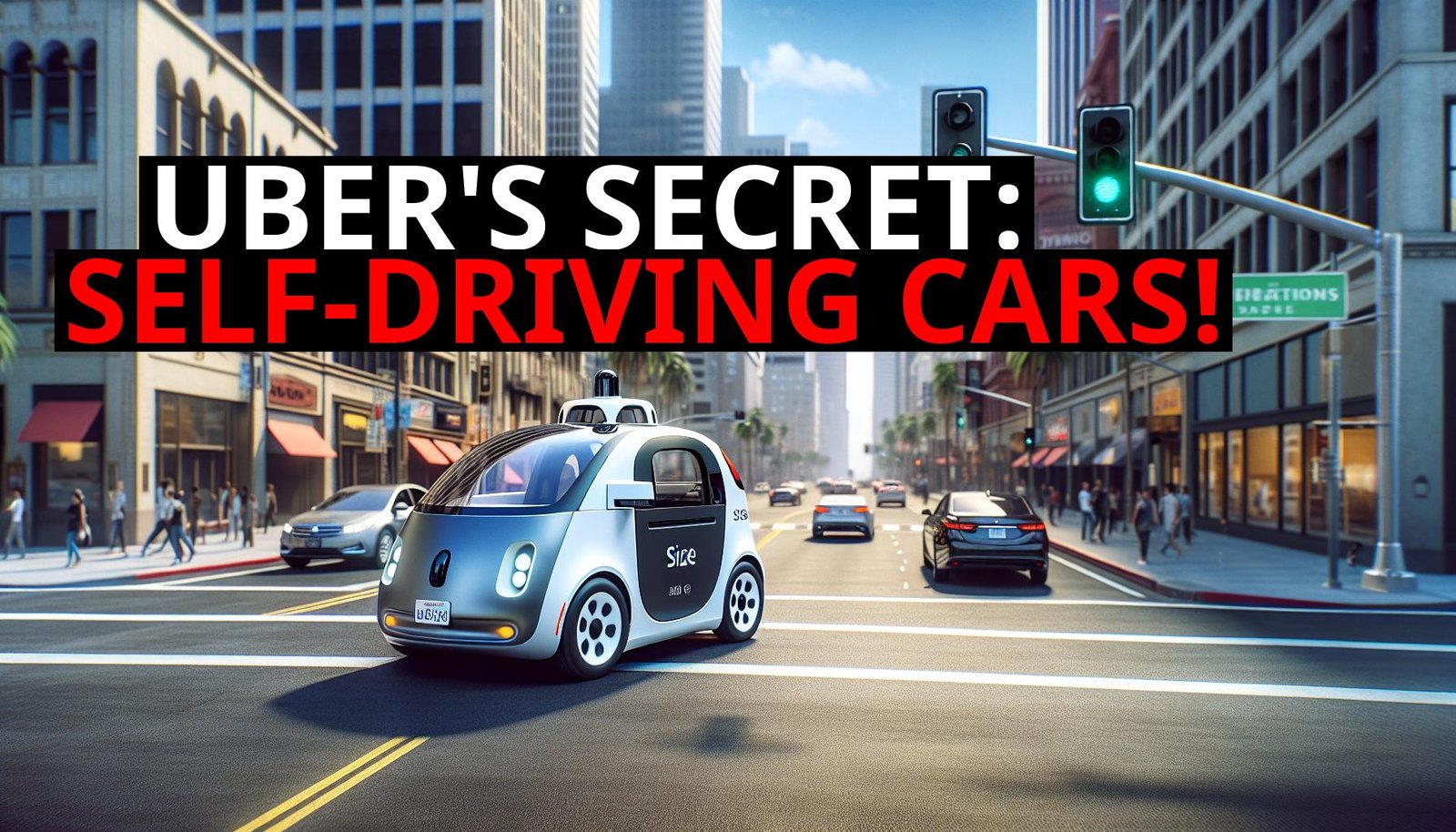Why Did Uber Get Rid Of Its Self-Driving Division?
Welcome to Business Insights! Today, we’re diving into a topic that has sparked a lot of debates and speculation: Why did Uber get rid of its self-driving division? This decision may seem counterintuitive for a company that thrives on innovation and disruption, but there are compelling reasons behind it. Let’s explore the main reasons Uber decided to abandon its self-driving car ambitions and what this means for the future of ride-hailing.
Technology Readiness
The technology for fully autonomous vehicles is nowhere near ready, especially for complex tasks like taxi services. While there have been advancements in self-driving technology, we are far from the point where it can be reliably and safely implemented on a large scale. Consider this: we haven’t even fully automated trams or buses yet, which operate on fixed routes and are much simpler to manage compared to taxis that navigate dynamic urban environments. The dream of having self-driving cars picking up passengers and navigating unpredictable city streets remains just that—a dream.
Infrastructure Challenges
Even if the technology were ready, Uber faces another significant hurdle: infrastructure. Unlike traditional taxi services, Uber does not own a fleet of vehicles, nor does it have the necessary infrastructure to manage and maintain a massive fleet of self-driving cars. Traditional taxi companies have a head start in this area—they already manage large fleets, have procurement processes in place, and employ in-house mechanics for maintenance. These companies could potentially adapt their existing infrastructure to incorporate self-driving technology. Uber, on the other hand, would need to build this infrastructure from scratch, requiring enormous investment and logistical planning.
To put it simply, if self-driving cars become a reality, they are more likely to benefit existing taxi services than Uber. Traditional taxi companies could convert their fleets to self-driving vehicles and maintain them efficiently using their established infrastructure. Uber, lacking these foundational elements, would find itself at a significant disadvantage. This could lead to a situation where self-driving technology, instead of being a boon, could actually spell doom for Uber’s business model.
Financial And Regulatory Risks
Another aspect to consider is the immense cost and risk associated with developing self-driving technology. Uber’s self-driving division was burning through cash with no clear timeline for profitability. This financial strain, combined with the uncertain regulatory environment for autonomous vehicles, made the venture increasingly untenable. By selling its self-driving unit, Uber can focus on its core ride-hailing and food delivery businesses, which are more immediately profitable and less speculative.
Strategic Focus
Uber’s decision to exit the self-driving car race highlights a critical point: innovation alone is not enough. Without the necessary infrastructure and a clear path to profitability, even the most groundbreaking technology can become a liability rather than an asset. This move allows Uber to streamline its operations, reduce financial risk, and concentrate on areas where it has a competitive advantage.
Conclusion
In summary, the reasons behind Uber’s decision to abandon its self-driving division are multifaceted:
– Technological readiness: Autonomous vehicles are not yet reliable or safe enough for large-scale deployment.
– Infrastructure challenges: Uber lacks the necessary infrastructure to manage a fleet of self-driving cars.
– Financial and regulatory risks: High development costs and an uncertain regulatory environment make the venture risky.
– Strategic focus: Concentrating on core businesses that are more immediately profitable.
Share Your Thoughts
What do you think? Was Uber right to abandon its self-driving ambitions? Will traditional taxi services gain the upper hand if self-driving cars become viable? Let us know your thoughts in the comments below. If you found this analysis insightful, share this article with your friends and family. Let’s discuss the future of ride-hailing and the impact of autonomous vehicle technology on the transportation industry.













